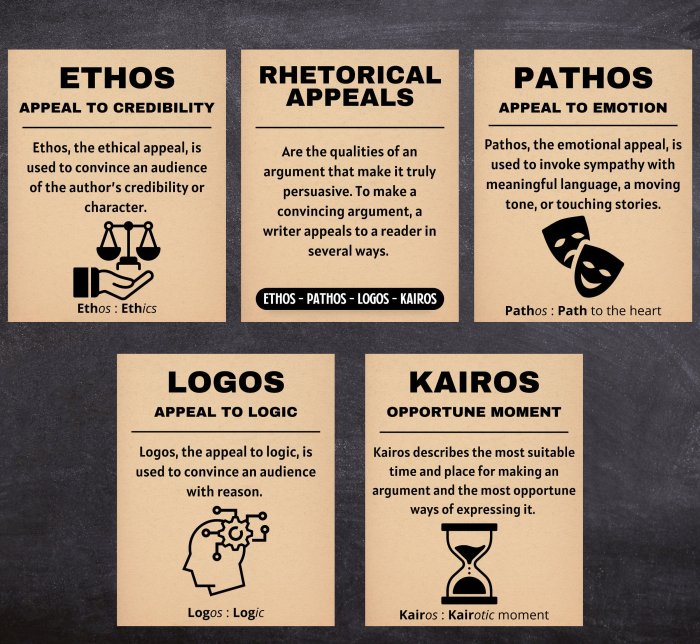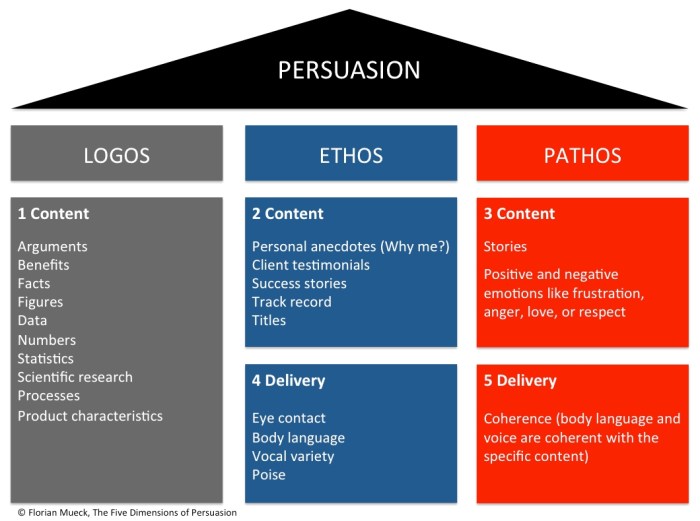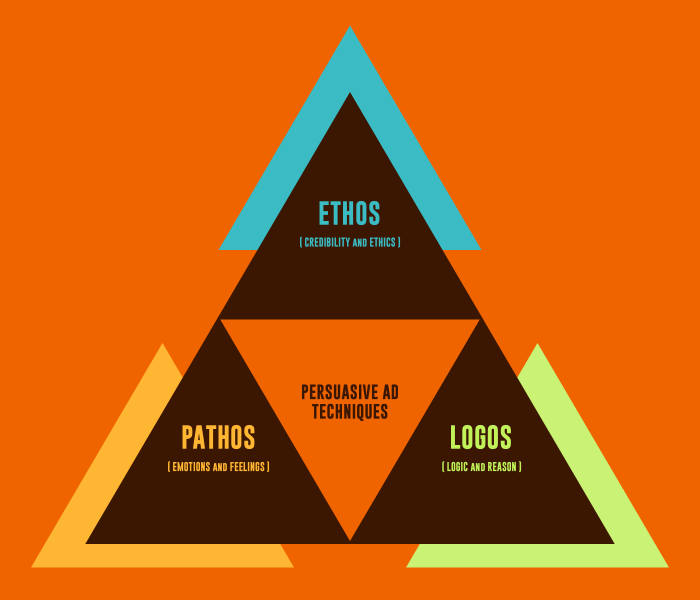Pathos ethos logos i have a dream speech – Dr. Martin Luther King Jr.’s “I Have a Dream” speech is a masterpiece of oratory that has resonated with audiences for generations. Through the strategic use of pathos, ethos, and logos, King crafted a speech that not only moved hearts but also persuaded minds, leaving an enduring legacy on the Civil Rights Movement and beyond.
This analysis will explore the ways in which King employed these rhetorical devices to achieve his persuasive aims, examining the specific examples of pathos, ethos, and logos that he used, as well as their impact on the speech’s overall structure, organization, and legacy.
Pathos

In Martin Luther King Jr.’s “I Have a Dream” speech, pathos plays a crucial role in captivating the audience and evoking strong emotions. King employs several rhetorical strategies to appeal to the audience’s feelings and sense of empathy.
King’s use of personal anecdotes and vivid imagery creates a powerful connection with the audience. He shares his own experiences of racial discrimination and injustice, making his message relatable and poignant. By describing the struggles and aspirations of the African American community, King evokes feelings of sympathy and understanding.
Moreover, King employs emotional language and metaphors to stir the audience’s emotions. He refers to the “fierce urgency of now” and the “promissory note” of the Declaration of Independence, creating a sense of urgency and a moral obligation to address racial inequality.
Through his passionate delivery and evocative language, King effectively appeals to the audience’s sense of justice and compassion.
Ethos: Pathos Ethos Logos I Have A Dream Speech

Martin Luther King Jr. establishes his ethos as a credible and authoritative speaker through various means in his “I Have a Dream” speech.
First, King draws upon his personal experiences as a civil rights leader and his deep understanding of the struggles faced by the African American community. His firsthand knowledge and lived experiences lend credibility to his message and resonate with the audience.
Additionally, King cites historical references and invokes the authority of respected figures, such as Abraham Lincoln and the Founding Fathers. By connecting his arguments to established historical principles and values, King reinforces his credibility and appeals to the audience’s sense of patriotism and shared heritage.
Logos

In his “I Have a Dream” speech, Martin Luther King Jr. employs logical arguments and evidence to support his case for racial equality.
King presents a clear and concise argument, outlining the principles of justice, equality, and the inherent dignity of all individuals. He uses deductive reasoning, starting with the premise that all men are created equal and arguing that this principle demands the end of racial segregation and discrimination.
King also provides specific examples and statistics to support his claims. He cites the high rates of unemployment, poverty, and police brutality faced by African Americans, demonstrating the systemic nature of racial inequality. By presenting a logical and evidence-based argument, King effectively appeals to the audience’s intellect and reason.
Structure and Organization

The “I Have a Dream” speech is carefully structured and organized to maximize its impact on the audience.
King begins with a powerful hook, invoking the iconic phrase “I have a dream” and establishing the central theme of the speech. He then provides historical context and Artikels the current state of racial inequality in America.
The speech is divided into several distinct sections, each focusing on a specific aspect of the argument. King uses repetition, parallelism, and vivid imagery to create a memorable and emotionally resonant message. He concludes with a powerful call to action, urging the audience to work together to achieve the dream of racial equality.
Impact and Legacy
The “I Have a Dream” speech had an immediate and profound impact on the Civil Rights Movement.
It galvanized the African American community and inspired millions of Americans to join the fight for racial equality. The speech helped to shift public opinion and contributed to the passage of the Civil Rights Act of 1964 and the Voting Rights Act of 1965.
The speech continues to resonate today, serving as a reminder of the ongoing struggle for racial justice and equality. It has been quoted and referenced by countless activists, politicians, and leaders around the world, inspiring generations to come.
Helpful Answers
What is the significance of the “I Have a Dream” speech in the Civil Rights Movement?
The “I Have a Dream” speech was a pivotal moment in the Civil Rights Movement, galvanizing support for the cause and helping to bring about significant legislative changes, including the Civil Rights Act of 1964 and the Voting Rights Act of 1965.
How does King use pathos in the speech?
King uses pathos by appealing to the emotions of his audience, evoking feelings of empathy, hope, and urgency through vivid imagery, personal anecdotes, and references to shared experiences.
What sources of ethos does King establish in the speech?
King establishes ethos through his personal experiences as a civil rights leader, his credibility as a respected minister, and his references to historical figures and religious texts.